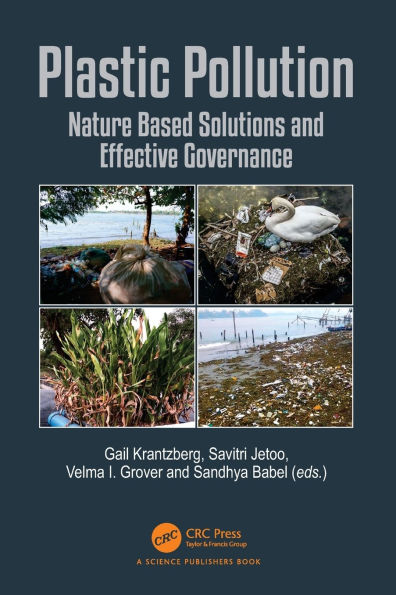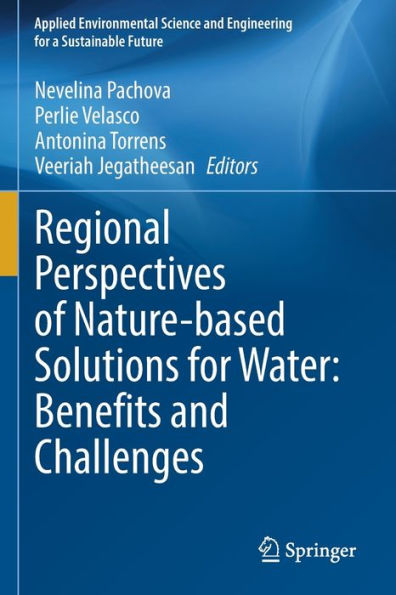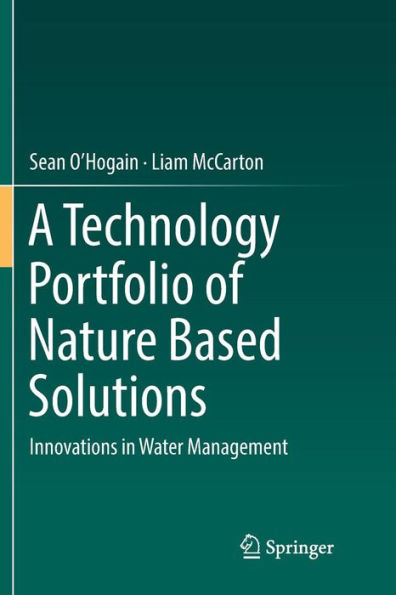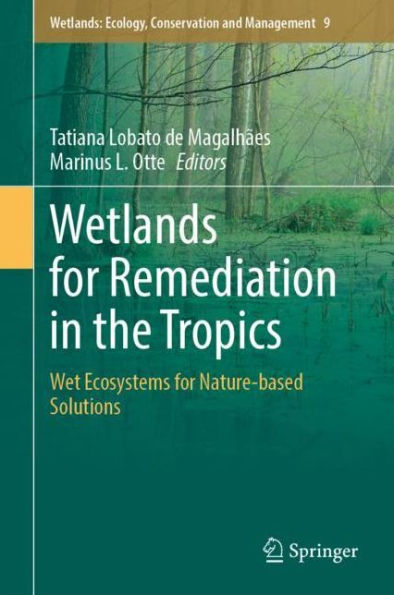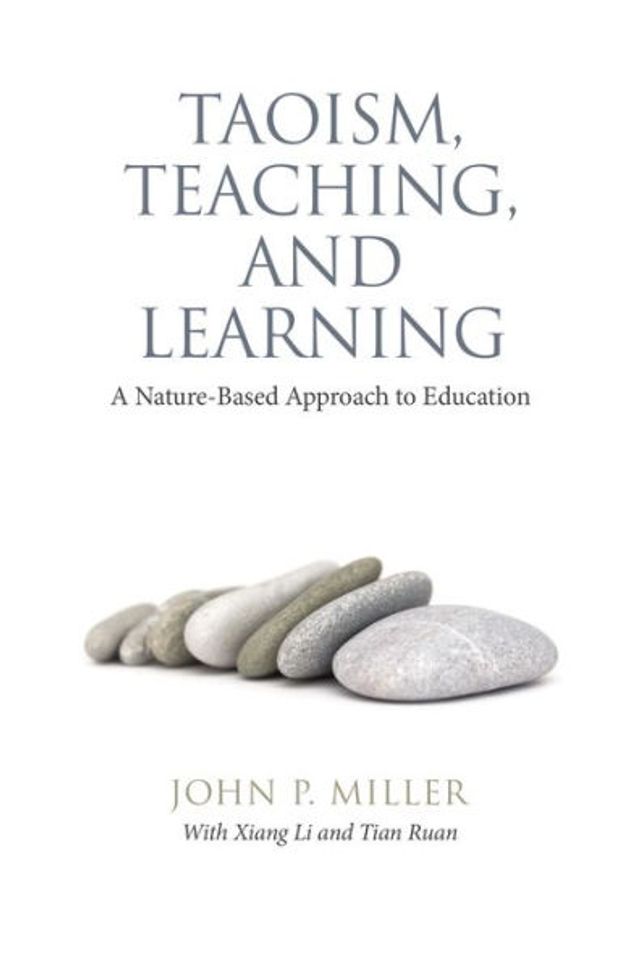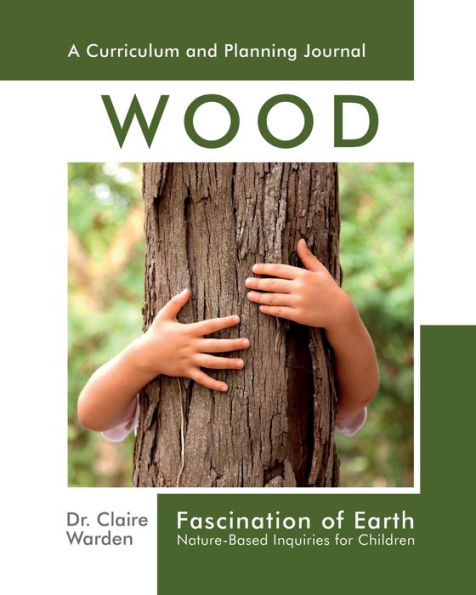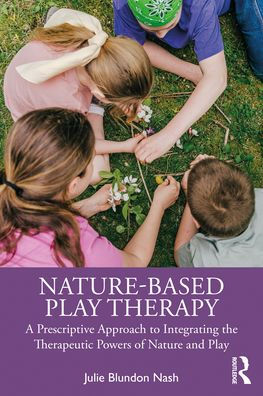Home
Phytomanagement as a nature-based solution for polluted soils
Barnes and Noble
Phytomanagement as a nature-based solution for polluted soils
Current price: $214.00
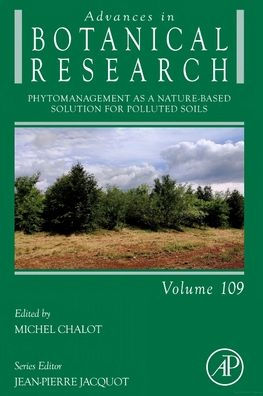

Barnes and Noble
Phytomanagement as a nature-based solution for polluted soils
Current price: $214.00
Size: Hardcover
Loading Inventory...
*Product information may vary - to confirm product availability, pricing, shipping and return information please contact Barnes and Noble
Phytoremediation, Volume 109
in the
Advances in Botanical Research
series, highlights new advances on phytoremediation. Chapters in this new release include Plant-microbiome interactions and their role in recovering ecosystems from organic contaminants, Aquatic macrophytes: the potential candidate for polluted water phytoremediation, Rare earth elements in plants : uptake, accumulation and tolerance, Poplar as a woody model for phytomanagement strategies, Plant-based remediation of industrially contaminated soils: principles and case study, Phytoremediation of Arsenic contaminated soils by hyperaccumulating fern Pteris vittata, Effects of phytomanagement of heavy metal polluted soils with woody plants on functional activity and functional genes abundance and diversity, and more.
Other chapters cover Cucurbits for cleanup of soils contaminated with persistent and emerging organic pollutants: state of the art, future perspectives and challenges, Phytoremediaton in the Guadiamar Green Corridor (SW Spain): trends of trace element uptake by plants and effects on soil fungal diversity, and Metal hyperaccumulation mechanisms in plants.
in the
Advances in Botanical Research
series, highlights new advances on phytoremediation. Chapters in this new release include Plant-microbiome interactions and their role in recovering ecosystems from organic contaminants, Aquatic macrophytes: the potential candidate for polluted water phytoremediation, Rare earth elements in plants : uptake, accumulation and tolerance, Poplar as a woody model for phytomanagement strategies, Plant-based remediation of industrially contaminated soils: principles and case study, Phytoremediation of Arsenic contaminated soils by hyperaccumulating fern Pteris vittata, Effects of phytomanagement of heavy metal polluted soils with woody plants on functional activity and functional genes abundance and diversity, and more.
Other chapters cover Cucurbits for cleanup of soils contaminated with persistent and emerging organic pollutants: state of the art, future perspectives and challenges, Phytoremediaton in the Guadiamar Green Corridor (SW Spain): trends of trace element uptake by plants and effects on soil fungal diversity, and Metal hyperaccumulation mechanisms in plants.
